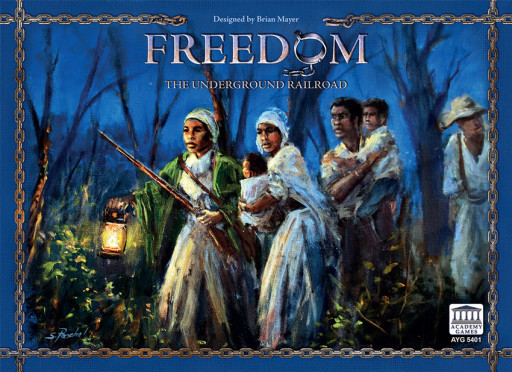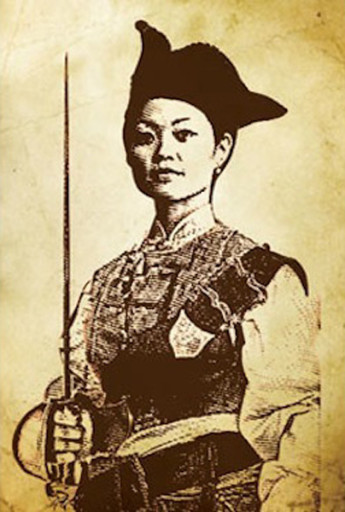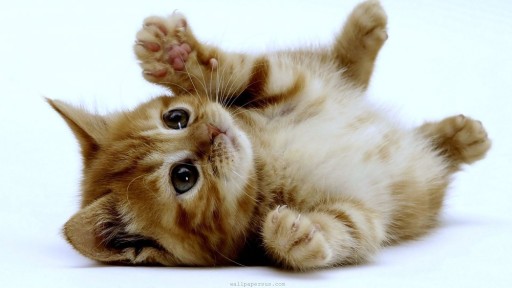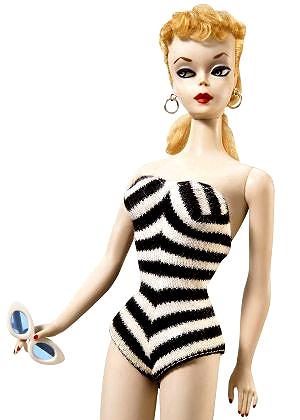Seeing ourselves in our media is important. A recent study revealed that women made up only 17% of onscreen crowds, but when those crowds were comprised of 33% women, viewers believed they were seeing more women than men. We’re so accustomed to women making up a tiny fraction of our media that anything more than that feels like equality.
This also means that we’re less likely to notice when women aren’t portrayed equally, or aren’t portrayed at all. I’ve always known that board games have a diversity problem. Even as the hobby grows and diversifies, the demographic is still primarily white and male, but it wasn’t until I started to pay attention to the art that I realized just how full of dudes it really is.
The Absurdity of Exclusion
 Women comprise a small sample of the characters portrayed. The stats are even more dire for women of color and women with disabilities. Unless the game is specifically about issues of race (Freedom) or set in a non-Western European culture (Jambo, Android: Netrunner), women of color are rare. Non-binary women and women with disabilities are even less frequent. Women of color with disabilities…you can probably guess.
Women comprise a small sample of the characters portrayed. The stats are even more dire for women of color and women with disabilities. Unless the game is specifically about issues of race (Freedom) or set in a non-Western European culture (Jambo, Android: Netrunner), women of color are rare. Non-binary women and women with disabilities are even less frequent. Women of color with disabilities…you can probably guess.
I also know that a lot of players don’t care about game art. It’s window dressing, almost literally. I don’t entirely disagree – a good game can have bad art and still be playable – and the quality of art itself is often in the eye of the beholder.
What I can say is that art reflects culture, so game art reflects game culture. The types of characters we see in our art tell us how the designers envision their worlds and who they’re envisioning them for. So when I see a new game with no women, I can’t help but think:
Your audience is men, and you’re ok with that.
Because if it wasn’t and / or you weren’t, you would have considered what type of art would appeal to a broader demographic.
No one is asking that every publisher begin designing games only to appeal to women. For one thing, that’s impossible. Women are individuals, not a monolith. For another, that portrays inclusion as a zero-sum game where a gain for women equals a loss for men. On a micro-scale, this might seem technically true. After all, a game can only contain so much art and if some of it is dedicated to women, fewer pieces are available to be dedicated to men.
This idea rests on the notion of the Default Male, the idea that art portrays men unless otherwise specified. Under this construct, art that isn’t “default,” that isn’t male, is taking away space from art that is.
I shouldn’t have to point out how silly this is. First, male may be a cultural default, but this is a construct – something we’ve created as a society over years and years. It’s no more real than the idea that women belong in the home or that Monopoly is a game about the wonders of capitalism.
Second, art is not finite. While there may only be room in your budget for fifty portraits, there is room in the world for billions, trillions, googols, and then some. Art is not, and cannot be, zero sum. There is room for everyone without having to sacrifice anything.
When you exclude women, you’re telling them that they aren’t who you imagined playing your game and that catering to the default male is more important than including them.
Also, you’re kinda sexist…
I mean, probably not in a Get-In-The-Kitchen sort of way, but still. We all have prejudices and ingrained assumptions, and it takes a lot of effort and attention to overcome them. It’s important to try, though, and to recognize and correct your missteps along the way.
…Or maybe you’re just ill-informed.

Artist’s rendition of actual baddass pirate Ching Shih
Perhaps you didn’t do your research and you really believe there were no women captaining pirate ships or fighting in WWI or exploring the arctic or. . . well, you get my point. They did (and do) exist. However, often these women aren’t given the same attention as men are in traditional historical accounts and finding them can involve looking beyond the first page of a Google search. It’s cumbersome, obviously, and indicative of the role sexism plays in recording history and culture. Those women are there, though, and I do expect you to do your homework.
And that’s just games that are based on historical events. For games set in fantasy realms or high-tech futures, there’s literally no reason to not include women. Literally no reason.
You don’t think your game is about “those” issues.
I’m just going to stop you there. Including women in your game is not a political stance. It’s not an issue to be debated. It’s an entire segment of the population that you’re ignoring.
Regardless, I’ll Pass
There are so many creators out there nowadays that I have the luxury of deciding where to spend my money, and I’m deciding to spend it on people who recognize the value of diverse games. I’m not going to keep quiet about why because a) I shouldn’t have to, b) I’m not ashamed of wanting to see myself in my media, and c) I expect more of this industry.
This isn’t a boycott, or an ultimatum, and it isn’t trying to force anyone to stop making the games they want to make. But it is me choosing what I want to see more of.
I believe that the more voices we include in our hobby, the richer and more powerful we will become. The more welcoming we are, the more vibrant we are. I also believe that it’s time to start holding designers accountable for more than just their mechanics. Progress is being made in this area (see modern examples such as Darkrock Ventures, Mistfall, Monarch, or Scythe), but they are still the exception rather than the rule. Art establishes the world in which we’re playing, and I want that world to be at least as varied and rich as the real one.
You can discuss this article and more on our social media!
Photo Credits: Freedom Box art by Academy Games; Barbie from Mattel; Ching Shih from Ching Shih Pirate Queen Extroidinaire; The Real World from MTV



